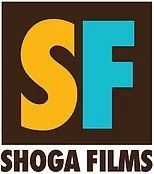Lyric and the Queer Harlem Renaissance
Part 1: The Women
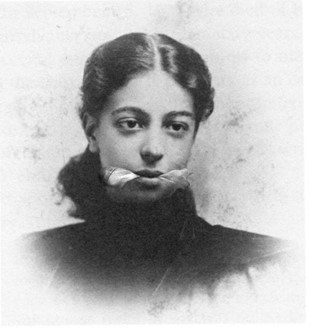
In the early years of the 20th century, the rhymed lyric expressing the feelings of the writer was the dominant poetic form in America. It was the direct inheritance of British romanticism, whose greatest practitioners, Wordsworth, Keats, Shelley, and Byron, were immortalized in English-speaking countries everywhere. The Romantic poet was known to have a sensitive heart but rarely did he strike the tone of confessional poetry that became dominant in the American lyric from the 1950s on. Poetic language and poetic thought veiled the poet’s joys and sorrows. (Check out Wordsworth’s “Lucy poems” for classic examples.)
But the lyric poem, more than any other literary genre, invited the speaker to lay out her sorrows, and if she were “queer — a woman — and colored,” to paraphrase Marita Bonner, there were plenty of sorrows to choose from. The Harlem Renaissance published reams of poetry, much of it by women – not so much the case with other literary genres. Predictably, the best-known poets to emerge, Langston Hughes and Countee Cullen, were men, but women’s contributions were substantial both in quality and quantity, as anthologies of Black poetry from the period attest. Georgia Douglas Johnson, Anne Spencer, Helene Johnson, and Gwendolyn Bennett ultimately created a space for themselves in the canon. And they could strum their lyres to lament the lot of womanhood (“The Heart of a Woman” by Georgia Douglas) or address in surprising ways the pathos of being Black (“Bottled” by Helene Johnson”), and of course all could bear witness to the joys and sorrows of Love.
Of heterosexual love, that is. But what if the desire that moved a woman’s heart to poetry was for another woman? Lyric poetry was the most inviting vehicle to express desire, but could poetry acknowledge a queer desire sufficiently camouflaged so that it could be presented to the world, or did it have to remain private, hiding its “shameful” secret in a drawer? We have only two women writers who wrote of their queer desires, Alice Dunbar-Nelson and Angelina Weld Grimké. In 1931, Dunbar Nelson wrote, “Love and beautiful love has been mine from many men, but the great passion of four or five transcended that of other women — and what more can any woman want?” But this was a diary entry, not meant for public eyes, and so Alice chose the private path of discretion.
Angelina Weld Grimké was quite another matter. The only child of Archibald Grimké, the bastard issue of a white man and his Black slave, Angelina lived in thrall to her stern, high-acheiving father. Archibald had married a white woman from a prominent midwestern family, but the couple separated after three years. Angelina’s mother took her girl back to her family in the midwest, but the pressure of raising a Black daughter was too much for her, and she returned Angelina to her father four years later. Then she committed suicide.
This alone would have provided grist for years of therapy, had there been such a practice in the first decades of the 20th century, but add to that her lesbian orientation, and it’s a wonder she was able to write coherently, much less produce a steady stream of essays, plays, stories, and poems while living under her father’s roof in Washington, DC between 1902 and 1930.
Though presenting herself as a spinster to the outside world, the lure of the lyric drove Grimké to express her passion for women and subsequent frustrated longing in ways that weren’t so veiled. Poems that she never shared during her lifetime, such as “Rosabel,” were explicitly addressed to other women, but one remarkable example, “El Beso,” published in 1909 is not so difficult to decipher.
El Beso
Twilight–and you
Quiet–the stars;
Snare of the shine of your teeth,
Your provocative laughter,
The gloom of your hair;
Lure of you, eye and lip;
Yearning, yearning,
Languor, surrender;
Your mouth,
And madness, madness,
Tremulous, breathless, flaming,
The space of a sigh;
Then awakening–remembrance,
Pain, regret–your sobbing;
And again, quiet–the stars,
Twilight–and you.
What’s remarkable about this poem is how modern it is for 1909. Blank verse; short, tense lines; no genders; no verbs; melodramatic language; nouns and implied action revealed starkly and briefly as though lit by a strobe. The story is clear: a same-sex kiss between the poet and her beloved; the intense pain immediately following the unexpected flare-up of passion. And why is the title of the poem in Spanish? This is the most transparent of fig leaves. Yet these anguished attempts to both tell and hide the story result in a jolt towards modernist expression that was unique for its time.
Outside of Grimke’s poetry – a body of work still yet to be collected, evaluated, and incorporated into queer literary history – there’s little more to say about this topic. The conventions of literary expression were too patriarchal, too constricting, too conservative (in terms of sanctioning only heteronormativelove) to allow for anything more.
“And madness, madness.”
Recent Posts
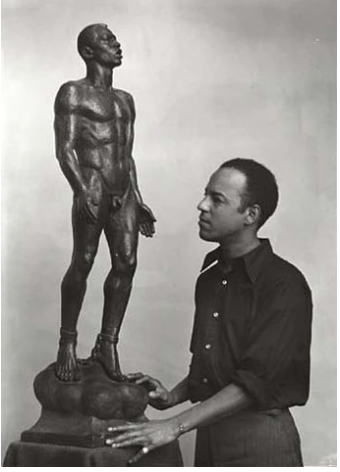
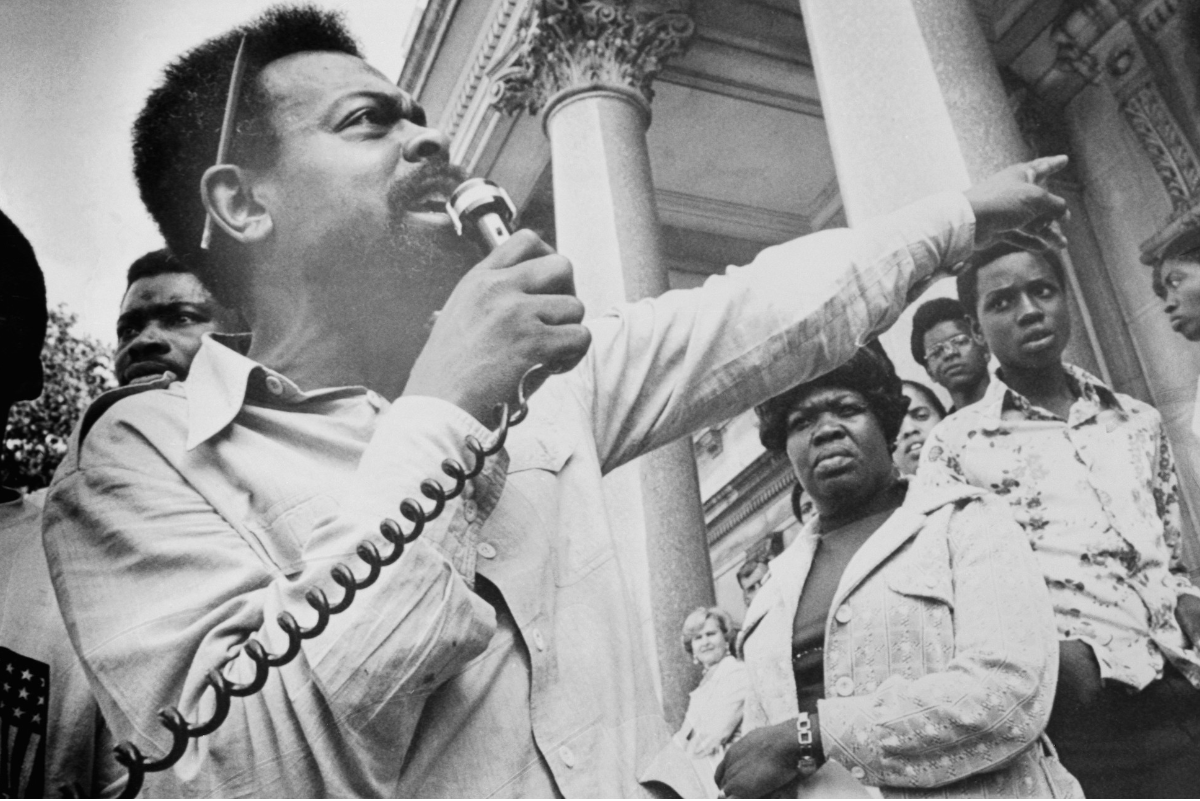
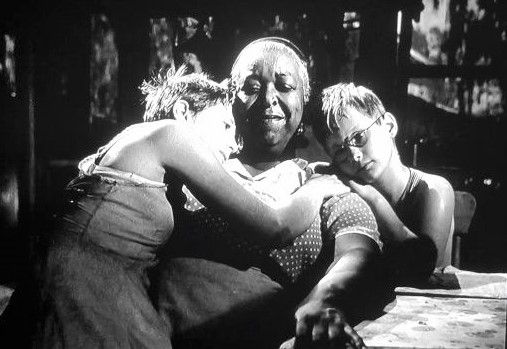
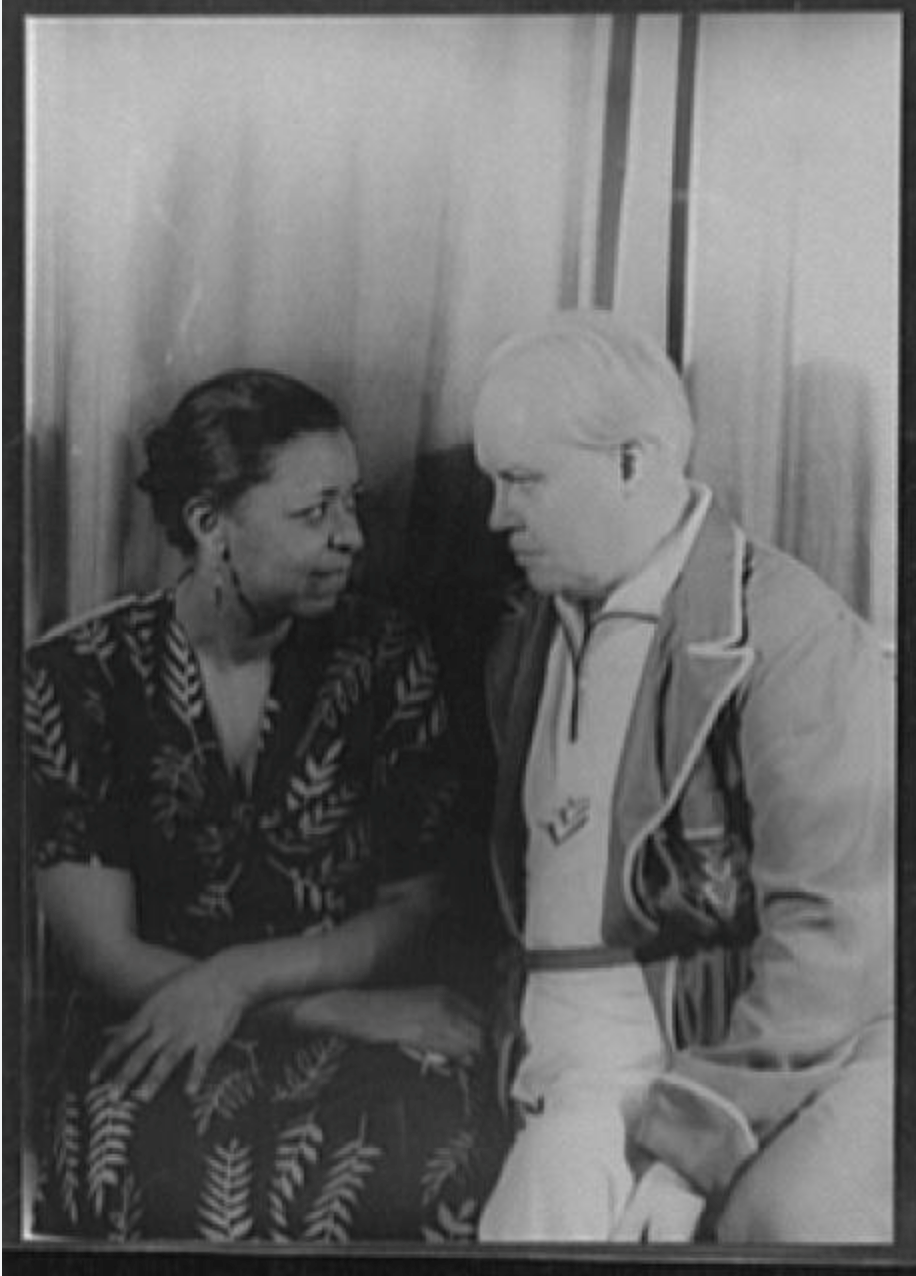
SHOGA FILMS is a 501(c) (3) non-profit production and education company. We create multimedia works around race and sexuality that are intended to raise awareness and foster critical discussion.
Contact Us
All Rights Reserved | Shoga Films
Stay Connected
Thanks for subscribing!
Please try again later.

